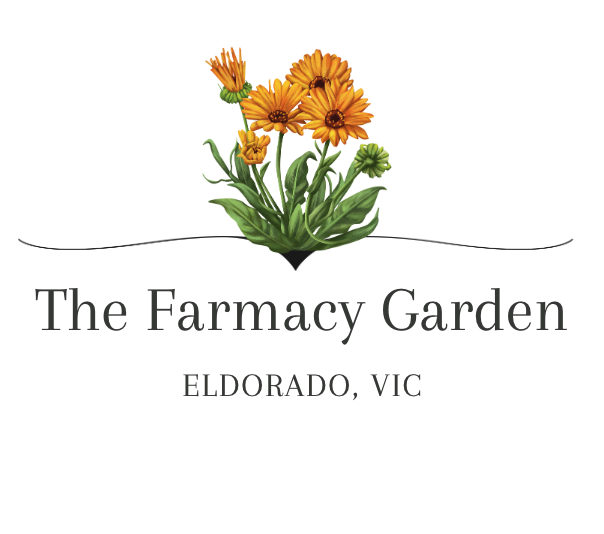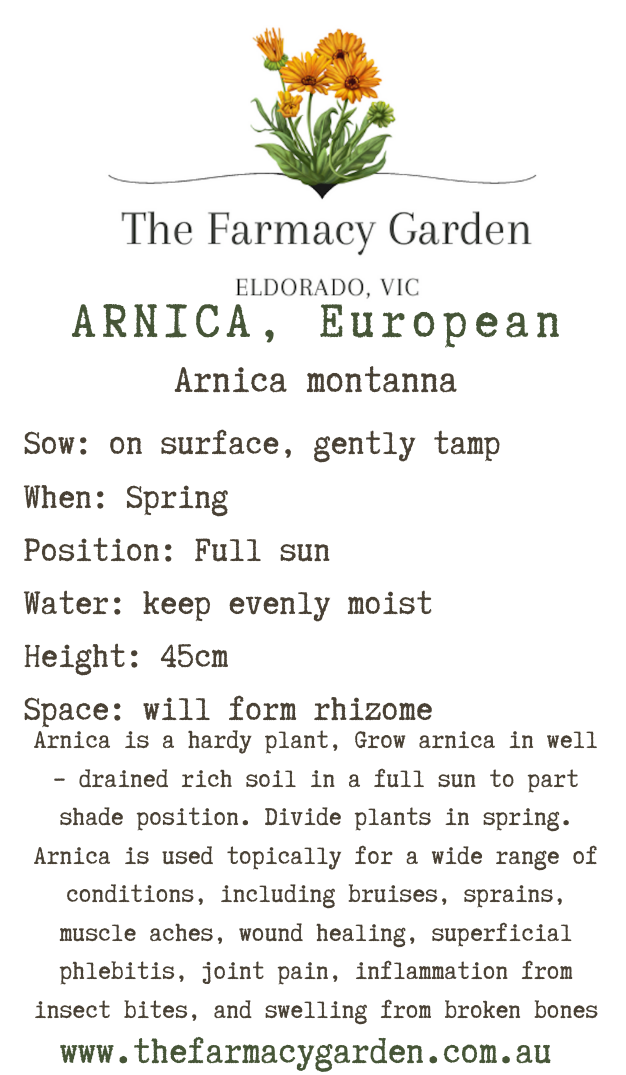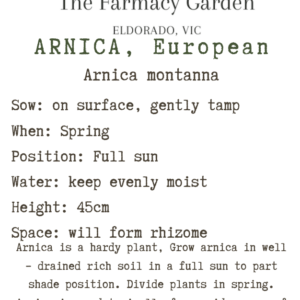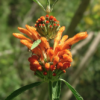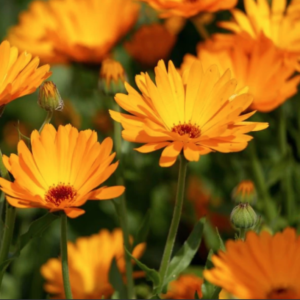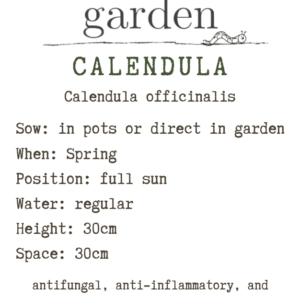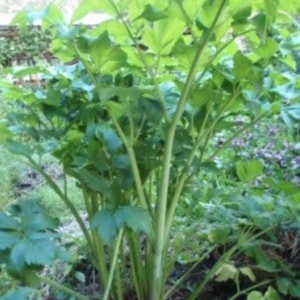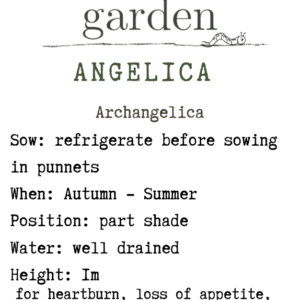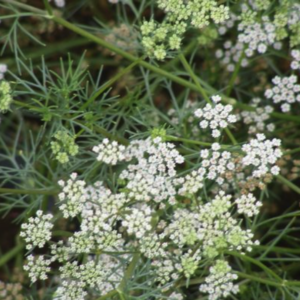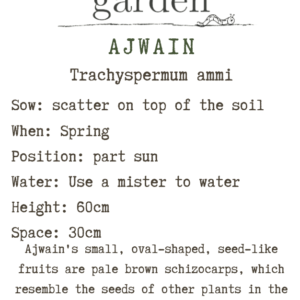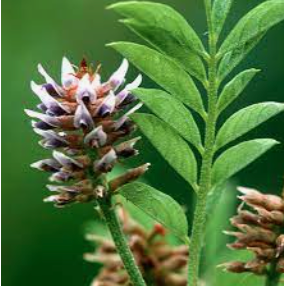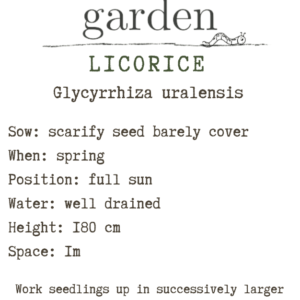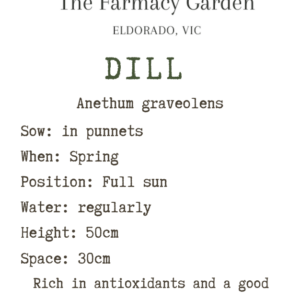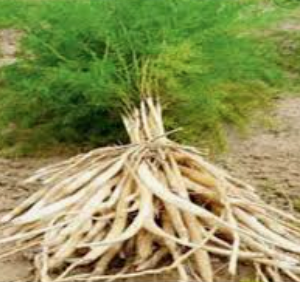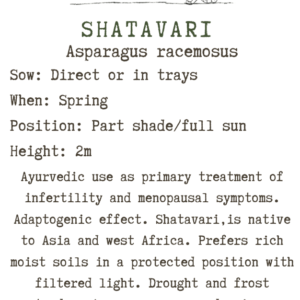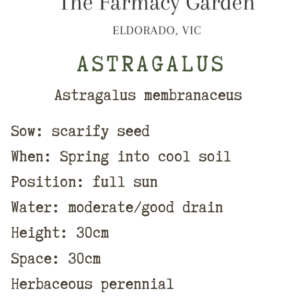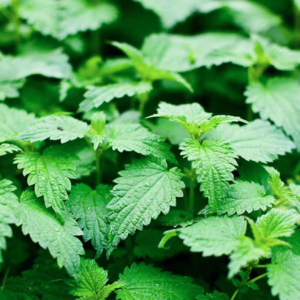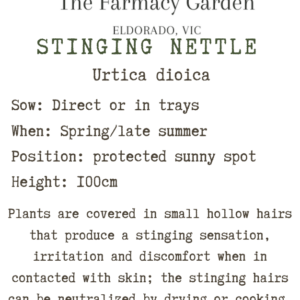Arnica Montana Seeds, European
$8.50
Arnica montana, also known as wolf’s bane, leopard’s bane, mountain tobacco and mountain arnica, is a moderately toxic European flowering plant in the daisy family Asteraceae that has a large yellow flower head. The broad spear shaped leaves form a flat rosette (about 150-300 mm high) and die down in winter.
Arnica montana, also known as wolf’s bane, leopard’s bane, mountain tobacco and mountain arnica, is a moderately toxic European flowering plant in the daisy family Asteraceae that has a large yellow flower head. The broad spear shaped leaves form a flat rosette (about 150-300 mm high) and die down in winter. A flower stalk (20-60 cm high) rises from the rosette with a number of bright, orange – yellow daisylike flowers, about 4-8 cm wide. The flowers open progressively down the flower stalk with the terminal bud normally producing the largest flower. The rhizome is dark brown and cylindrical. Usually curved, it bears leaf scars and on the under surface wiry rootlets.
GROW: it is recommended to raise plants first in a nursery and then to transplant them in the garden. Seeds sprout in 14–20 days but germination rate depends highly on the seed quality. Prefers acidic soil.
HARVEST: The harvesting process is fascinating; each flower is individually hand-picked at its optimum potency, when the central florets are open wide, and the arnica volatile oils are strongest. We harvested with precision, daily so that every flower is picked at its peak readiness.
USE: high value pharmaceutical and medicinal herb, it is used as fresh whole plants, dried flowers or dried roots. Collection from the wild is often undertaken by Romany gypsy communities and then traded through dealers and brokers. NOTE: Arnica montana extracts can cause skin rash and urticaria and should not be taken by mouth.
Related products
Flower Seeds
Medicinal Herb Seeds
Flower Seeds
Medicinal Herb Seeds
